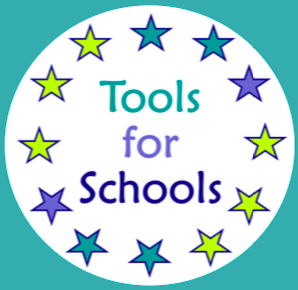Plan
- Watch the learning resource on why little things cause big problems and try the quick quiz
- Think about what problems often come up for your student (using the planning template)
- Think about what you learned from the Know me activity to recap on what you know about what makes your student uneasy, a little or a lot upset or very dysregulated
- Have a look at the size of the problem and reactions sheets and see if you need to personalise them
Do
- When the student has a problem or challenge to face, ask them “what size is the problem”?
- Support them to decide if the problem is tiny, small, medium, large, enormous using the size of the problem example and the reaction ideas to help
- Ask the student what size their feelings about the problem are
- Use the reactions sheet and size of the problem flowchart (or the self-completion version) with the child to help them select a way to get their big feelings out
- Allow them the time and space for the reaction
- Praise them specifically for each of the steps above
- Review with the student how they feel, and whether they can move on
- If they are not ready to move on, help them to try a different reaction (if you have time)
- Later, talk with the child about how they can avoid the problem (not their feelings or reaction) in future
- If the problem is unavoidable, how they can indicate to you that they are having big feelings and find an appropriate way/place to react to them?
- For example:
The child gets overwhelmed when they don’t know how to finish a worksheet, but the teacher has moved on to a different task before they can figure it out, they may feel very angry about not having time to get support, potentially leading to injury to themselves or others.
Consider an “in case of emergency” button on their desk (a laminated red splodge) they can “press” or hold up, which indicates to a teacher or TA they need to leave the classroom and find a quiet room to deescalate
Review
- Notice any changes in the child’s behaviour on encountering problems. Be aware that:
- This strategy may take some time for a student to get used to and they may struggle to have insight into the problem within the context
- Their reactions may be larger than you would want them to be
- It may be slow progress if a student also has autistic traits and they may be fixated on the problem for some time. You might need to repeat the size of the problem exercise and allow a second or third reaction, or a bigger reaction to a smaller problem to allow them to let off steam
- Use the reflection template to assess whether the student is becoming more able to use this strategy
- Ask the student if they have found any reactions particularly useful so you can use these more
- Discuss your reflections on the strategy with colleagues and the student’s family
- Decide if you want to add, drop or change options for reactions - if you notice something works very well for the child then highlight this




 Video: why little things cause big problems
Video: why little things cause big problems Why little things cause big problems quiz
Why little things cause big problems quiz Emergency icon
Emergency icon Size of the problem flowchart to complete
Size of the problem flowchart to complete Size of the problem flowchart poster
Size of the problem flowchart poster Planning template
Planning template  Reaction ideas
Reaction ideas Size of the problem sheet
Size of the problem sheet Size of the problem examples
Size of the problem examples Reflection template
Reflection template Reaction sheet
Reaction sheet How to take deep breaths
How to take deep breaths How to talk to an adult during class
How to talk to an adult during class What to do if you have a huge problem in class
What to do if you have a huge problem in class